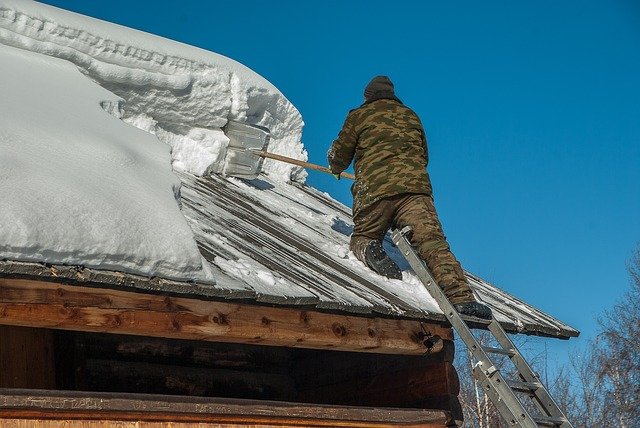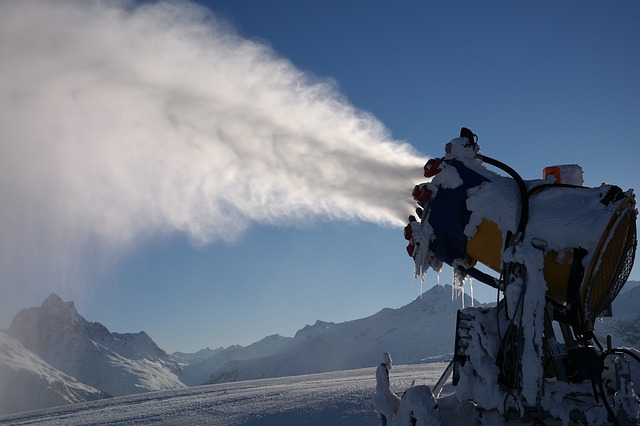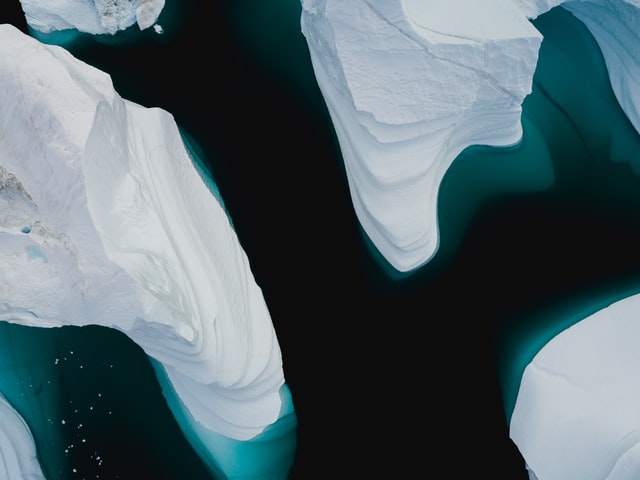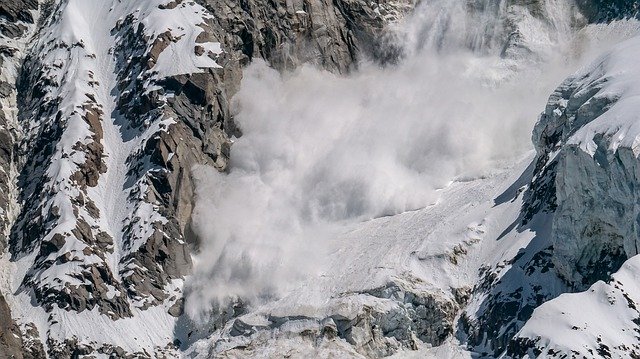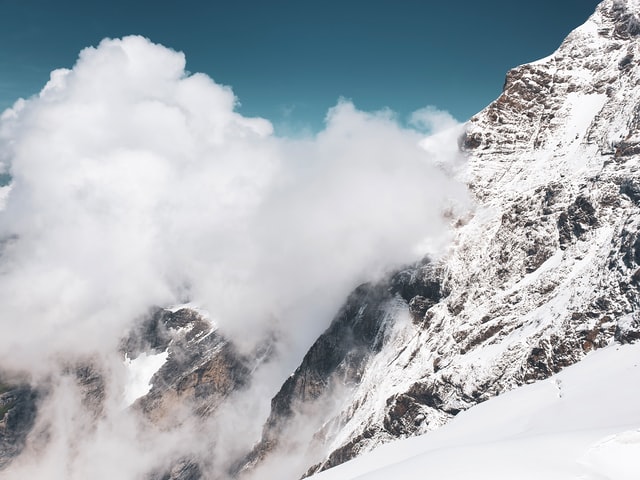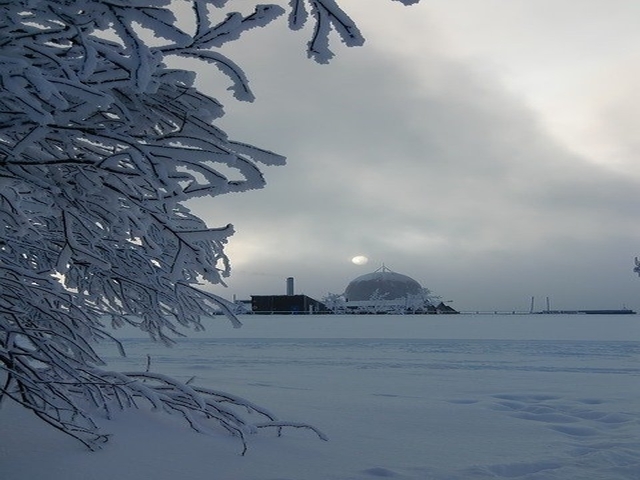Public weather service
Listed here are other resources related to Public weather service tag:
Note: click on an image to open the Resource
Michael Winkler puts heavily burdened roofs in the spotlight by presenting recent efforts in updating the Austrian snow load standard and showing an actual example of snow load monitoring and hazard management.
Snowy winters lead to heavy snow loads on buildings and constructions. Surprisingly often, the snow load assessment basis of international and national standards are regionally reached or exceeded. Damages or even collapses do occur, cause expenses and threaten human lives. However, extreme snow loads only rarely are considered as natural hazards. This talk puts heavily burdened roofs in the spotlight by presenting recent efforts in updating the Austrian snow load standard and showing an actual example of snow load monitoring and hazard management.
Michael Rothleitner discusses economic and ecological aspects of winter tourism in the Alpine region.
At the beginning, the economic interrelationships of winter tourism in the Alpine region, Austria and finally Tyrol are highlighted. The dependence of value creation on a reliable snow situation in winter therefore forces snow management, the economic and above all ecological tasks of which will be presented. The participants will get to know the essential problems and the existing approaches to solving them.
Sven Kotlarski summarizes current research on the fate of surface snow cover and its implications for climate.
The presence of snow cover on the land surface is closely linked to the prevailing climate. Moreover, by modulating surface energy fluxes snow cover is interactively linked to the atmosphere and constitutes an important component of global and regional climate systems. Available observations show a retreat of snow cover on hemispheric scales as a response to global warming, and climate projections consistently indicate a further decrease. Focusing on Europe and especially on the European Alps, this contribution summarizes current research on the fate of surface snow cover and its implications.
Veronika Hatvan and Andreas Gobiet present model-based tools used at ZAMG for operational avalanche warning services and local avalanche commissions.
While the usage of models for weather forecasting has been long established, the application of snow cover models for operational avalanche warning purposes is still quite novel. In Austria, the national weather service, ZAMG, develops model-based tools for operational avalanche warning services and local avalanche commissions. In particular, a model-chain consisting of a snow cover model and an ensemble of weather models to operationally assess and predict avalanche hazard in a local context is currently developed. The model-chain provides regional avalanche forecasters and local avalanche commissions with continuous, detailed information about the snow cover from the near-past to the nearfuture. This is to enable early warning of exceptional snow cover situations. In this talk we will give an overview on model-based tools for avalanche services and present the local avalanche prediction model and preliminary results of a first test season in more detail.
Alec van Herwijnen gives an overview of recent efforts at the WSL Institute for Snow and Avalanche Research SLF in Davos, Switzerland, to develop models for avalanche forecasting.
In mountain regions in winter, snow avalanches are relatively frequent and widespread. Compared to other gravitational mass movements, such as landslides or debris flows, snow avalanches occur much more frequently and over a broader geographical area. This has enabled avalanche forecasters to gain practical experience and develop rule-based empirical methods to manage the danger of this ubiquitous natural hazard. However, the ability to forecast avalanches, i.e. predicting snow instability in space and time, is limited by current experience-based forecasting practices. Improvements in terms of spatial and temporal resolution can only be made through model development. In this talk, I will give an overview of recent efforts at the WSL Institute for Snow and Avalanche Research SLF in Davos, Switzerland, to develop models for avalanche forecasting - from mechanical models to better understand the fundamental processes leading to avalanche release to snow cover models to provide real-time information on snow stratigraphy and stability.
Rudolf Kaltenböck speaks about the challenges detecting snow from Radar data.
Weather radar data offers high spatial and temporal structures of three dimensional precipitation fields and can be well used for warning and nowcasting of adverse winter weather. Radar reflectivity, Doppler velocity products and polarized radar moments de liver insights into cloud microphysics and dynamical properties, such as the discrimination between different types of hydrometeors, quantitative precipitation estimation, icing conditions or areas of strong shear. Beside aeronautical nowcasting application, also the limitations of using weather radar in a cold winter weather environment will be addressed.

